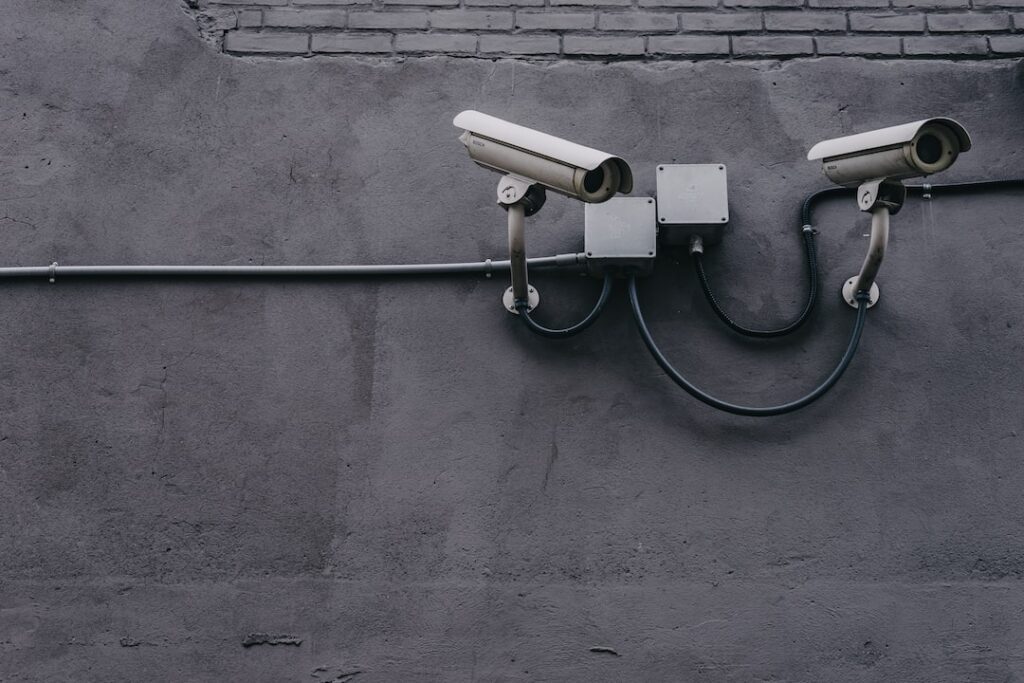Protecting Your Digital World: A Complete Guide to Windows Security and Privacy
In today’s digital age, we are all connected in more ways than ever before. Our computers and smartphones have become integral parts of our daily lives, storing sensitive personal information and allowing us to access a wealth of resources at our fingertips. However, with great convenience comes great responsibility. It’s essential to prioritize the security and privacy of our digital assets to safeguard ourselves from potential threats.
Understanding the Importance of Windows Security
When it comes to personal computing, Windows remains a popular operating system, powering a vast number of devices worldwide. With this widespread usage, it’s crucial to understand the importance of maintaining robust security measures on Windows-based systems.
Surprising Statistics on Windows Security
– According to a recent survey, 43% of cyber attacks target small businesses, and 60% of those small businesses go out of business within six months of a cyber attack.
– An estimated 33% of all Windows computers are currently running outdated and vulnerable versions of the operating system.
Best Practices for Windows Security and Privacy
Regular Software Updates
One of the most effective ways to bolster Windows security is by ensuring that your operating system and installed applications are regularly updated. Software updates often include critical security patches that address vulnerabilities and offer enhanced protection against potential threats.
Use of Antivirus and Antimalware Software
Deploying reputable antivirus and antimalware software can act as a significant defense mechanism against malicious software and cyber threats. Frequent scans and real-time protection capabilities offered by such software can help identify and neutralize potential risks.
Strong Password Management
Implementing strong, unique passwords for all user accounts is vital in preventing unauthorized access to your Windows system. Consider utilizing a reliable password manager to generate and store complex passwords securely.
Enable Firewall Protection
Windows features a built-in firewall that can serve as an additional barrier against unauthorized network access and other external threats. Ensuring that the firewall is enabled and properly configured can fortify your system’s security.
Safeguarding Privacy on Windows
Beyond security measures, safeguarding privacy on Windows involves taking steps to protect personal data and online activities from prying eyes.
Data Encryption
Utilize the built-in encryption capabilities of Windows to secure sensitive files and folders. Tools like BitLocker can help you encrypt entire drives, adding an extra layer of protection to your data.
Privacy Settings
Windows provides various privacy settings that allow users to control the collection and sharing of their personal information. Take the time to review and adjust these settings according to your preferences to safeguard your privacy effectively.
Secure Browsing Practices
When browsing the internet on a Windows system, it’s essential to practice secure habits such as avoiding suspicious websites, utilizing HTTPS connections, and being cautious of phishing attempts.
How to Apply Windows Security and Privacy Practices in Daily Life
Now that we’ve covered essential strategies for Windows security and privacy, let’s discuss how you can effectively implement these practices in your daily digital endeavors.
Stay Informed and Vigilant
Regularly staying informed about the latest security developments and potential threats can empower you to make informed decisions about safeguarding your Windows system. Remain vigilant and proactive in implementing recommended security measures.
Conduct Regular System Check-ups
Make it a habit to routinely check for software updates, run antivirus scans, and review privacy settings on your Windows device. These periodic check-ups can help identify and address any potential security or privacy concerns.
Educate Yourself and Others
Take the time to educate yourself and those around you about the importance of Windows security and privacy. Sharing knowledge and best practices can contribute to a safer digital environment for everyone.
In Summary
As technology continues to intertwine with our daily lives, prioritizing Windows security and privacy is paramount. By staying informed, adopting best practices, and proactively implementing security measures, you can create a secure and private digital environment for yourself and those around you. Embracing these strategies empowers you to harness the incredible potential of technology while mitigating the associated risks. With a diligent approach, you can navigate the digital world with confidence and peace of mind.















